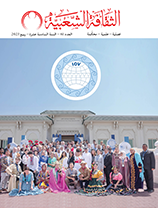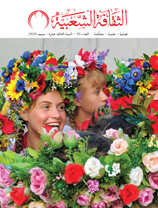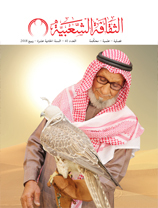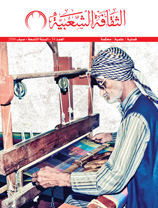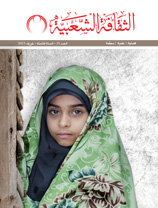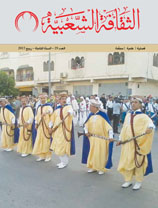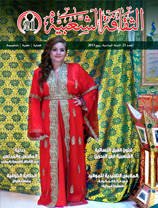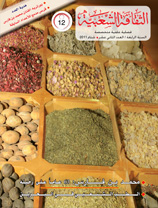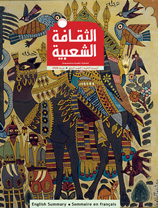Celebrating the Feminine in the Folktale
Issue 46

By Radhiya Abdul Rahman Obeid, Tunisia
Creating a folktale, narrating it, learning it and studying it help to revive the memory of a people and preserve their cultural legacy, which is rooted in the past but still has a great influence on our lives. The folktale conveys messages to different times and generations. It has a universal nature and many possible interpretations depending on why it is narrated.
We found it a rich resource in terms of depicting women in a way that defies the usual stereotypes. We intend to make it clear that women are not a secondary, negative or marginalised part of society but an active part of economic, family and social life.
To whatever extent the feminine is celebrated, folktales take reality into account and this is evident in all kinds of narration. In this context, the role of the folktale in the past and present continues to reflect the culture and morals of individuals and groups’ literary heritage.
Recently, there has been a tendency to revive folktales in the cultural and educational domains so they play a vital role in the age of great changes in terms of science, information and communication. The celebration of the feminine in the folktale would not have been possible in the absence of men or of women’s current situation and reality. In the folktale, the woman hopes for a better life and dreams of playing a significant role; she can re-shape her fate according to her desires and, tirelessly, she attempts to persuade others that she plays a significant role. We say this without discussing the hypothesis that many modern inventions are inspired by the imagination that shaped myths, superstitions and, to a lesser extent, folktales.











